Home>Dining>Table Decor>What Are Floral Arrangements


Table Decor
What Are Floral Arrangements
Modified: December 7, 2023
Discover the art of floral arrangements for stunning table decor. Learn how to create beautiful centerpieces and add a touch of elegance to any event.
(Many of the links in this article redirect to a specific reviewed product. Your purchase of these products through affiliate links helps to generate commission for Storables.com, at no extra cost. Learn more)
Introduction
Welcome to the wonderful world of floral arrangements! Whether you are planning an elegant event, looking to decorate your home, or simply want to create a stunning centerpiece, floral arrangements are an essential element of table decor. They add a touch of beauty, color, and fragrance to any space, instantly elevating the ambiance and making it more inviting.
In this article, we will explore the art of floral arrangements, providing you with a comprehensive guide on everything you need to know. From the definition and historical background to the types of floral arrangements, techniques, and tools, we will cover it all. Whether you are a beginner or have some experience in floral arranging, there will be something for everyone.
So, let’s dive in and embark on this floral adventure, discovering the secrets and techniques that will help you create stunning table decor through the power of flowers.
Key Takeaways:
- Floral arrangements are artistic compositions of flowers and natural elements, adding beauty, color, and fragrance to any space. They are versatile, symbolic, and essential for creating visually captivating table decor.
- Creating stunning floral arrangements requires a blend of artistry, creativity, and technique. Embrace challenges as opportunities for growth and let your imagination guide you in crafting arrangements that bring joy and beauty to any occasion.
Definition of Floral Arrangements
Floral arrangements are the artistic compositions of flowers, foliage, and other natural elements arranged in a harmonious and aesthetically pleasing manner. They are created to enhance the overall look and feel of a space, whether it be a dining table, a reception area, or an event venue. Floral arrangements can range from simple and minimalist designs to elaborate and intricate displays, depending on the occasion and personal preference.
These arrangements involve the thoughtful selection and placement of flowers, taking into account factors such as color combinations, flower shapes, sizes, textures, and scent. The overall goal is to create a visually appealing composition that showcases the natural beauty of the flowers while complementing the surrounding decor.
Floral arrangements are not limited to traditional vases; they can be created in various containers, such as bowls, baskets, urns, or even unconventional objects like teapots or lanterns. The versatility of floral arrangements allows for endless possibilities in terms of creativity and style.
Floral arrangements are not only decorative but also symbolic. Different flowers hold different meanings, and their inclusion in an arrangement can convey sentiments and emotions. For example, roses are often associated with love and romance, while lilies symbolize purity and peace.
Overall, floral arrangements serve as a powerful tool for self-expression, allowing individuals to showcase their creativity and create a visually captivating display that brings beauty and life to any space. They are an essential part of table decor, adding charm, elegance, and a natural touch to any occasion or setting.
Historical Background
The art of floral arranging dates back thousands of years, with evidence of floral decorations found in ancient Egyptian tombs and Greek and Roman art. In many ancient civilizations, flowers were not just seen as decorative elements but also held symbolic and spiritual significance.
During the Middle Ages, floral arrangements began to take on a more structured and ornamental form. They were often used in religious ceremonies and events, with flowers being carefully selected and arranged to convey specific meanings and messages.
The Renaissance period saw a significant shift in the art of floral arranging. Artists and designers drew inspiration from nature and incorporated flowers into their works of art, such as paintings and tapestries. Floral arrangements became more elaborate and intricate, showcasing the skill and craftsmanship of the arrangers.
By the 18th and 19th centuries, floral arranging became a popular pastime among the upper class. The Victorian era, in particular, brought about a resurgence of floral decorations, with strict rules and guidelines on flower selection, arrangement styles, and even the meaning behind specific flowers.
In the 20th century, with the advent of modern floral design, new styles and techniques emerged. Artists and designers began to experiment with unconventional materials, shapes, and colors, pushing the boundaries of traditional floral arrangements. This era brought about a more relaxed and creative approach to floral design, allowing for more expression and personalization.
Today, floral arranging has evolved into a true art form, with professional florists, designers, and hobbyists continuously pushing the boundaries of creativity and innovation. With endless possibilities in terms of flower varieties, colors, containers, and styles, the art of floral arranging has become accessible to anyone who wants to add a touch of beauty and elegance to their table decor.
The historical background of floral arrangements serves as a reminder of the rich heritage and ever-evolving nature of this art form. It allows us to appreciate the skill, creativity, and cultural significance that flowers have held throughout history.
Types of Floral Arrangements
Floral arrangements can take on various forms, each with its own unique style and purpose. Here are some of the most common types of floral arrangements:
- Bouquets: Bouquets are perhaps the most well-known and versatile type of floral arrangement. They are usually handheld and composed of a collection of flowers and greenery, bound together with ribbon or twine. Bouquets can be arranged in different styles, such as round, cascade, or hand-tied, and they are often given as gifts or used in weddings and special events.
- Centerpieces: Centerpieces are floral arrangements designed to be placed at the center of a table, creating a focal point and enhancing the overall aesthetic of an event or dining setting. They come in various shapes and sizes, from low and compact arrangements for intimate gatherings to tall and dramatic ones for more formal occasions.
- Wreaths: Wreaths are circular floral arrangements typically made with flowers, foliage, and sometimes other decorative elements. They are often hung on doors or walls as decorative pieces and are commonly associated with holidays and festive occasions.
- Garlands: Garlands are long, trailing arrangements made by stringing together a combination of flowers, foliage, and other natural materials. They can be used to adorn staircases, tables, arches, or any other area that needs a decorative touch. Garlands are popular in weddings and outdoor events.
- Topiaries: Topiaries are sculptural floral arrangements created by shaping plants or flowers into specific forms. They are often seen in formal gardens or used as decorative elements in grand events. Topiaries can be created with fresh flowers or preserved flowers for a longer-lasting display.
- Tropical Arrangements: Tropical arrangements feature vibrant and exotic flowers and foliage, often associated with warm and tropical climates. They bring a bold and unique aesthetic and are commonly used in beach weddings and themed events.
These are just a few examples of the many types of floral arrangements available. Each type offers its own style, purpose, and visual appeal, allowing individuals to choose the perfect arrangement to suit their needs and preferences.
Factors to Consider in Floral Arrangements
When creating a floral arrangement, there are several factors to consider to ensure a visually pleasing and cohesive design. Here are some important factors to keep in mind:
- Color Scheme: The color scheme of the floral arrangement plays a crucial role in setting the mood and creating visual interest. Consider the overall theme or desired ambiance and select flowers that complement or contrast with the surrounding decor. Harmonious color combinations can create a sense of unity and elegance, while contrasting colors can add a dynamic and vibrant look.
- Texture and Shape: Flowers come in various shapes, sizes, and textures. Take into account the texture and shape of the flowers to create a visually balanced arrangement. Combining flowers with different textures, such as delicate petals with spikey foliage or smooth petals with feathery greens, can add depth and visual interest to the arrangement.
- Proportions and Scale: Pay attention to the proportions and scale of the floral arrangement in relation to its surroundings. A small arrangement may get lost on a large table, while an oversized arrangement can overwhelm a small space. Consider the size of the container and the overall dimensions of the space to create a balanced and proportionate arrangement.
- Fragrance: Some flowers have a strong scent that can enhance the ambiance of a space. Consider the fragrance of the flowers you choose, especially if the arrangement will be placed in a dining area or in a room where people will spend a significant amount of time. Opt for flowers with a pleasant scent that complements the overall atmosphere.
- Seasonality: The availability of flowers varies depending on the season. Consider the season when selecting flowers for your arrangement to ensure that they are readily available and at their freshest. Seasonal flowers not only add a touch of authenticity and connection to nature but are also usually more cost-effective.
- Occasion and Theme: The occasion and theme of the event or space should influence the choice of flowers and the style of the arrangement. For example, a romantic wedding may call for soft and pastel hues, while a vibrant tropical-themed party may feature bold and exotic flowers. Consider the purpose and theme to create an arrangement that aligns with the overall aesthetic.
By carefully considering these factors, you can create a stunning floral arrangement that not only looks beautiful but also complements the space and evokes the desired atmosphere and emotion.
Read more: How To Arrange Ikebana Floral Arrangements
Basic Techniques for Floral Arranging
Floral arranging is a creative process that involves combining flowers, foliage, and other elements to create visually pleasing compositions. While there are no hard and fast rules in this art form, there are some basic techniques that can help you create more cohesive and balanced arrangements. Here are a few fundamental techniques to consider:
- Prepare Your Flowers: Start by trimming the stems of your flowers at an angle and removing any leaves that will fall below the water line. This allows the flowers to absorb water more efficiently and prevents any foliage from rotting in the water.
- Start with Focal Flowers: Select a few larger, more eye-catching flowers to serve as the focal point of your arrangement. Place them in the center or at the front of the design, as they will draw the most attention.
- Add Secondary Flowers: Fill in the gaps around the focal flowers with smaller, complementary blooms. These secondary flowers will help enhance the overall shape and provide additional visual interest.
- Incorporate Foliage: Use foliage to create a lush and balanced arrangement. Greens help add depth and create a natural frame for your flowers. Place foliage strategically to fill in any empty spaces and provide a backdrop to highlight the beauty of the flowers.
- Consider Height and Depth: Varying the heights of the flowers adds dimension to your arrangement. Place taller flowers towards the back or center and shorter ones towards the front. This creates depth and visual appeal.
- Play with Color and Texture: Experiment with different flower colors and textures to create a visually pleasing composition. Combine contrasting textures and colors to add interest and create a dynamic arrangement.
- Be Mindful of Balance: Balance is an important consideration in floral arranging. Distribute the visual weight of your flowers evenly throughout the arrangement, ensuring that it appears well-proportioned and visually stable.
- Use Floral Foam or Water Tubes: Floral foam or water tubes can help keep your flowers hydrated and in place. Soak the foam in water before inserting stems, or fill the water tubes and insert them into the arrangement for longer-lasting blooms.
- Step Back and Evaluate: Step back frequently to assess your arrangement from different angles. This will help you identify any gaps, imbalances, or areas that need adjustment.
- Add Finishing Touches: To complete the look of your arrangement, consider adding complementary elements like ribbons, bows, or decorative accessories. These finishing touches can elevate the overall aesthetic.
Remember, while these techniques provide a foundation, don’t be afraid to let your creativity shine and experiment with different styles and arrangements. Floral arranging is an art form that encourages personal expression and individuality, so enjoy the process and let your imagination guide you.
When creating floral arrangements, consider the color scheme, flower types, and vase shape to achieve a balanced and visually appealing composition. Also, be mindful of the scale and proportion of the arrangement to the space it will occupy.
Popular Flowers Used in Floral Arrangements
When it comes to floral arrangements, certain flowers have proven to be popular choices due to their beauty, versatility, and availability. These flowers are widely used in various types of arrangements, adding elegance, color, and fragrance to any space. Here are some popular flowers often seen in floral arrangements:
- Roses: Known as the epitome of love and beauty, roses are a classic choice for floral arrangements. They come in a wide range of colors, including red, white, pink, and yellow, and can convey different emotions depending on the color chosen.
- Tulips: With their vibrant hues and elegant shape, tulips are a beloved springtime flower. They add a touch of freshness and charm to any arrangement, and their versatility allows them to work well in both formal and casual settings.
- Lilies: Lilies are renowned for their striking beauty and captivating fragrance. They come in various colors and are often used in floral arrangements to symbolize purity, love, or remembrance. Their large, showy blooms make a statement in any arrangement.
- Peonies: Peonies are prized for their lush and romantic appearance. These delicate blooms with layers of petals are available in soft pastel shades as well as bold, vibrant colors. Peonies are highly sought after for wedding bouquets and elegant centerpieces.
- Sunflowers: Sunflowers exude happiness and warmth with their bright yellow petals and large, sunny heads. They are a popular choice for summer and fall floral arrangements, adding a cheerful and rustic touch to any display.
- Hydrangeas: Hydrangeas are known for their voluminous clusters of flowers that create a full and lush appearance. They come in various shades, including white, blue, pink, and purple, making them a versatile choice for floral arrangements in both vintage and contemporary styles.
- Carnations: Carnations are admired for their longevity and wide range of colors. They are often used as filler flowers in arrangements, adding texture and a pop of color. Carnations are budget-friendly alternatives to more expensive blooms and can be found in various shades.
- Orchids: Orchids are elegant and exotic flowers that bring a touch of sophistication to any floral arrangement. With their intricate and graceful blooms, orchids are often used in modern and minimalist designs, adding a sense of luxury and refinement.
These are just a few examples of the many popular flowers used in floral arrangements. Each flower brings its own unique charm and character to a design, and the selection ultimately depends on personal preference, occasion, and the desired aesthetic.
Tools and Materials for Floral Arrangements
Creating beautiful floral arrangements requires the use of various tools and materials to ensure the process is efficient and the end result is visually pleasing. Whether you are a professional florist or an enthusiastic hobbyist, here are some essential tools and materials you may need for floral arranging:
- Floral Shears or Clippers: These are sharp, specialized cutting tools designed for clean cuts on flower stems. They allow you to trim the stems at the desired angle and remove any excess foliage or thorns.
- Floral Foam: Floral foam is a dense, water-absorbing material that is used as a base for securing flower stems in an arrangement. It provides support and hydration to the flowers, ensuring their longevity.
- Water Tubes: Water tubes, also known as floral water picks, are small tubes with caps that can be attached to individual flower stems. They allow you to keep the stems hydrated and extend the life of the flowers.
- Floral Tape: Floral tape is a stretchy and adhesive tape used to secure flower stems together or to a supportive structure, such as a wire or foam. It provides stability and helps create a neat and polished appearance.
- Containers: Choose a suitable container or vase that complements the style and size of your arrangement. It can be made of glass, ceramic, metal, or any other material that suits your aesthetic preferences.
- Floral Wire: Floral wire comes in different gauges and is used to reinforce weak or fragile stems or to create decorative elements such as corsages or boutonnieres. It is also used for securing foliage or other materials to the arrangement.
- Floral Foam Adhesive: This adhesive is used to secure the floral foam inside the container, preventing movement and ensuring stability for the arrangement.
- Floral Preservatives: Floral preservatives are powders or liquid solutions that help prolong the life of cut flowers. They contain nutrients and antimicrobial agents that keep the water clean and provide nourishment to the flowers.
- Ribbon and Decorative Elements: Choose ribbons or other decorative elements to add a finishing touch to your arrangement. Ribbons can be tied around the vase or incorporated into the design to enhance its visual appeal.
- Protective Gloves: It is always a good idea to wear protective gloves when working with flowers, as some varieties may have thorns or can cause skin irritation.
These tools and materials will assist you in creating well-structured and visually pleasing floral arrangements. Remember to select high-quality materials and invest in reliable tools to ensure a successful and enjoyable floral arranging experience.
Tips for Creating Stunning Floral Arrangements
Creating stunning floral arrangements is a blend of artistry, creativity, and technique. Whether you are a novice or have some experience in floral arranging, these tips will help you enhance your skills and create visually captivating designs:
- Choose Quality Flowers: Select fresh, high-quality flowers that are in their prime. Look for blooms with vibrant colors, firm petals, and strong stems. Quality flowers will not only look better but will also last longer in your arrangement.
- Consider Color Harmonies: Pay attention to color combinations and aim for harmonious or contrasting palettes. Stick to a color scheme that complements the overall theme or ambiance of the space or event.
- Create Balance: Distribute the visual weight of the flowers evenly throughout the arrangement. Avoid having one side of the arrangement overwhelming the other. Achieve balance by varying the sizes, heights, and colors of the flowers.
- Experiment with Texture: Incorporate different textures in your arrangement by combining flowers with varied petal shapes and foliage with different textures. This adds depth and visual interest to the overall design.
- Think About Proportions: Consider the size of the container or vase in relation to the flowers. The arrangement should be proportionate and not appear overcrowded or sparse. Remember that larger containers may require more flowers to fill them adequately.
- Pay Attention to Foliage: Don’t underestimate the impact of foliage. Select greenery that complements the flowers and adds volume and shape to the arrangement. Foliage serves as a natural frame and can help fill in gaps.
- Consider Flower Placement: Arrange flowers in a way that guides the viewer’s eye across the arrangement. Place focal flowers at different heights and use line flowers to lead the eye through the design. Pay attention to negative space as it can add visual interest.
- Change the Water Regularly: To keep your flowers fresh for longer, change the water in the vase every two to three days. Trim the stems slightly each time to ensure optimal water absorption.
- Keep the Arrangement Hydrated: If using floral foam, make sure to keep it hydrated by adding water to the container regularly. If using water tubes, ensure they are filled with water to keep the flowers hydrated.
- Step Back and Evaluate: Take a step back frequently and observe your arrangement from different angles. This will allow you to identify any imbalances or areas that need adjustment. Don’t be afraid to make changes as you go.
- Let Your Creativity Shine: Floral arranging is an art form, so allow your creativity to take center stage. Experiment with different colors, flowers, and design styles. Don’t be afraid to try new techniques and think outside the box.
Remember, practice and experimentation are key to developing your own unique style and improving your floral arranging skills. Enjoy the process, and let the beauty and natural elegance of the flowers guide you in creating stunning arrangements.
Read more: What Are Good Funeral Floral Arrangements
Challenges in Floral Arrangements
While floral arranging can be a rewarding and enjoyable experience, it also comes with its fair share of challenges. Here are a few common challenges that floral arrangers may encounter:
- Seasonal Availability: Certain flowers may only be available during specific seasons, making it challenging to create arrangements with desired blooms throughout the year. It’s important to be flexible and adapt the design based on what flowers are in season or consider using alternative flowers.
- Flower Longevity: Some flowers have a short vase life and wilt quickly, making it challenging to create long-lasting arrangements. It’s crucial to choose flowers known for their durability and take proper care of them to ensure they last as long as possible.
- Budget Constraints: Creating elaborate floral arrangements can be expensive, especially if you have specific flower preferences. It’s important to work within your budget and consider alternative flower options or greenery to achieve a desired look without breaking the bank.
- Design and Structure: Achieving the right balance, proportion, and structure can be challenging, especially for beginners. It takes practice to develop an eye for design and to create harmonious arrangements that are visually appealing from all angles.
- Dealing with Fragile Flowers: Some delicate flowers require special care and handling, and they may be more susceptible to damage during the arranging process. It’s essential to handle fragile flowers with care and be mindful of their delicate nature.
- Matching Colors and Styles: Choosing the right colors and matching them to the desired theme or event can be a challenge. Balancing colors, textures, and styles can take time and trial and error to achieve the desired aesthetic.
- Handling Seasonal Factors: Extreme weather conditions, such as high temperatures or humidity, can affect the freshness and lifespan of flowers, even before arranging them. It’s important to consider the season and take appropriate measures to ensure the quality and longevity of the flowers.
- Transportation and Delivery: Transporting fragile floral arrangements can be a challenge, as flowers can easily get damaged or disheveled during transit. Proper packaging, protective measures, and careful handling are necessary to ensure the arrangements arrive at their destination intact.
- Stressful Deadlines: Floral arranging for events or special occasions often comes with tight deadlines. Time management and organization skills are crucial to ensure that arrangements are completed and delivered on time, while maintaining the desired quality.
- Interpreting Clients’ Vision: Meeting the expectations of clients or understanding their vision can be a challenge, especially when it comes to personal preferences and specific design requests. Effective communication and clarity are essential to ensure client satisfaction.
While these challenges may arise in floral arranging, they can be overcome with experience, creativity, and a willingness to adapt. The key is to embrace these challenges as opportunities for growth and learning, ultimately enhancing your skills as a floral arranger.
Conclusion
Floral arrangements are not just mere decorations, but an art form that allows us to create captivating displays of natural beauty. Whether for weddings, special events, or simply to add a touch of elegance to our homes, floral arrangements have the power to transform any space into a visually stunning and inviting environment.
Throughout this article, we have explored the various aspects of floral arranging, from its historical background to the different types of arrangements and the tools and techniques involved. We have delved into the factors to consider when creating arrangements, popular flowers used, and the challenges that may arise in the process.
Creating floral arrangements requires a blend of creativity, skill, and attention to detail. It is an art form that allows individuals to express themselves, evoke emotions, and create visual masterpieces. By understanding the principles of design, color combinations, and flower care, one can craft arrangements that are not only aesthetically pleasing but also memorable.
Whether you are an experienced florist or a beginner exploring this beautiful art form, the key is to let your creativity flourish and experiment with different styles and techniques. Embrace the challenges that may arise and use them as opportunities for growth and learning. With practice, patience, and a love for flowers, you can create stunning arrangements that bring joy and beauty to any occasion.
So, go ahead and embark on your own floral journey. Let the beauty of nature guide you as you create arrangements that captivate the senses and bring a touch of elegance to every table.
Frequently Asked Questions about What Are Floral Arrangements
Was this page helpful?
At Storables.com, we guarantee accurate and reliable information. Our content, validated by Expert Board Contributors, is crafted following stringent Editorial Policies. We're committed to providing you with well-researched, expert-backed insights for all your informational needs.
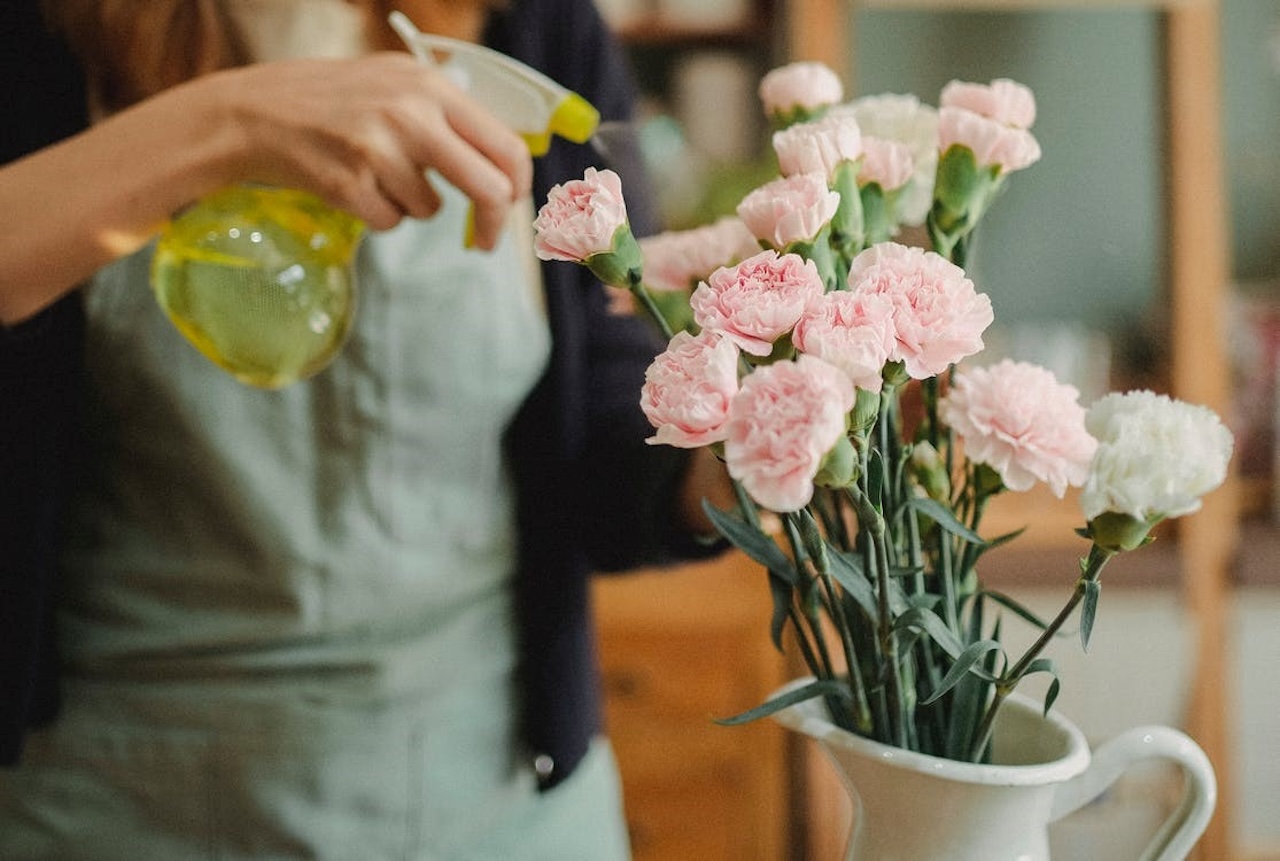
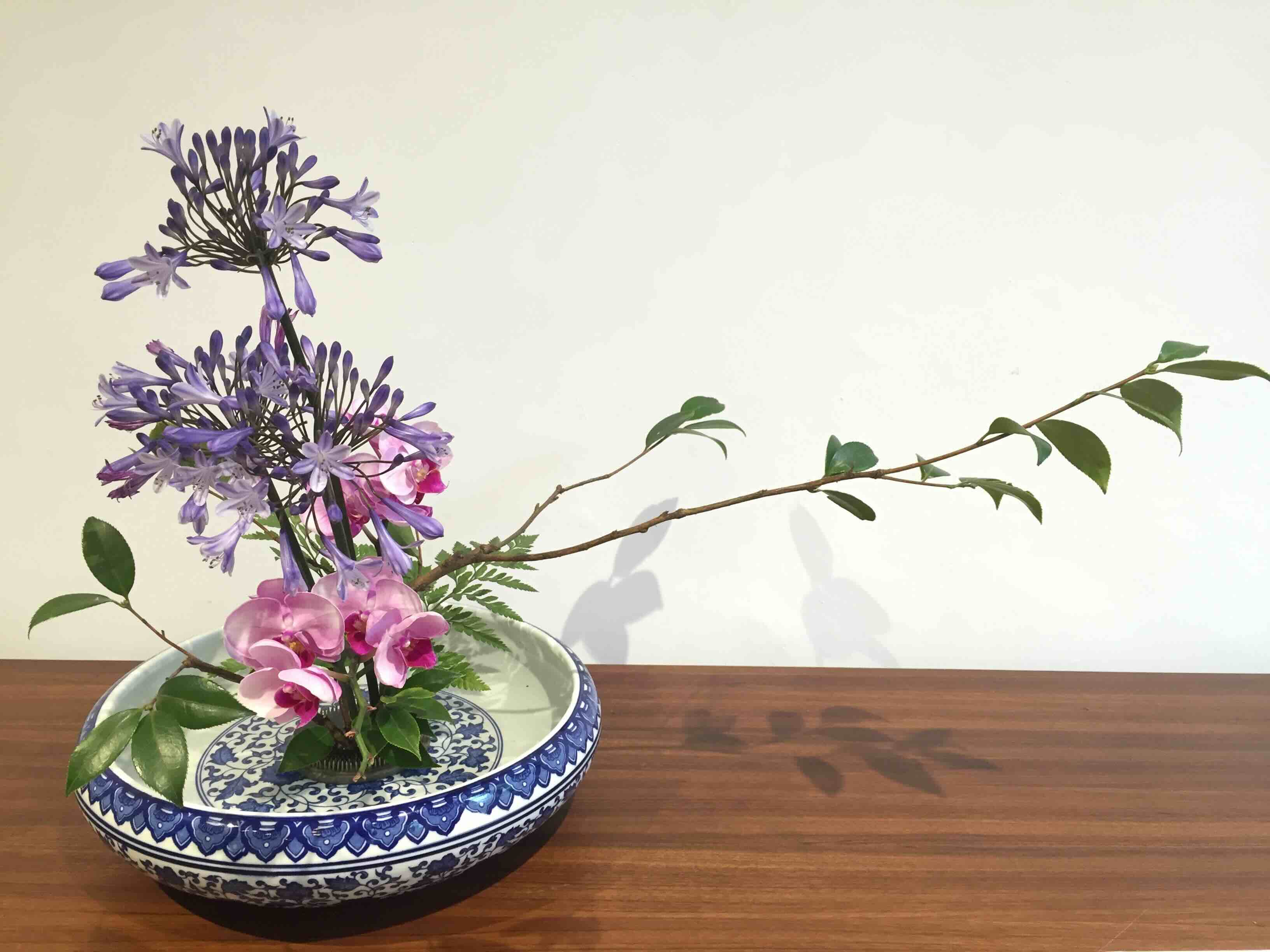
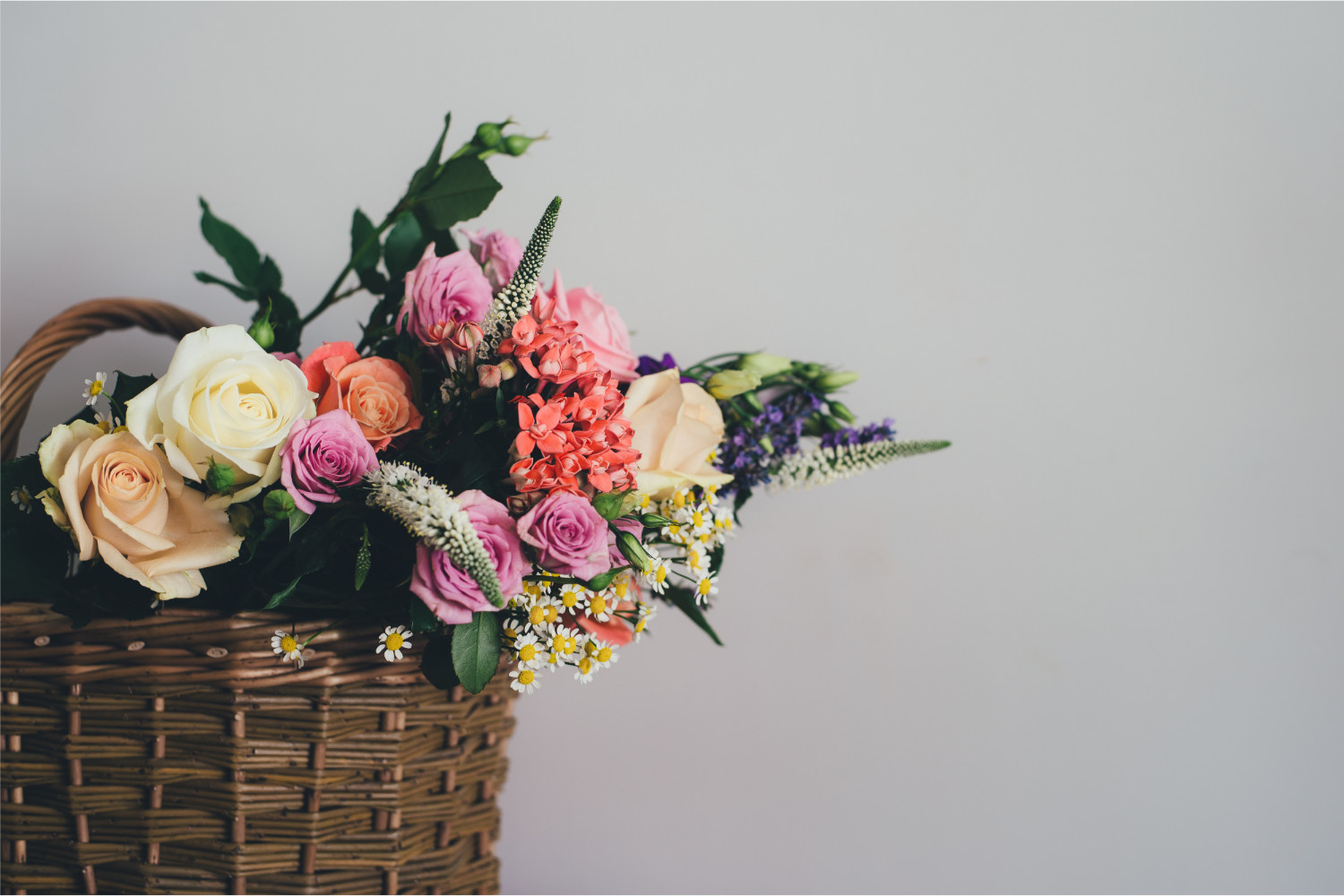
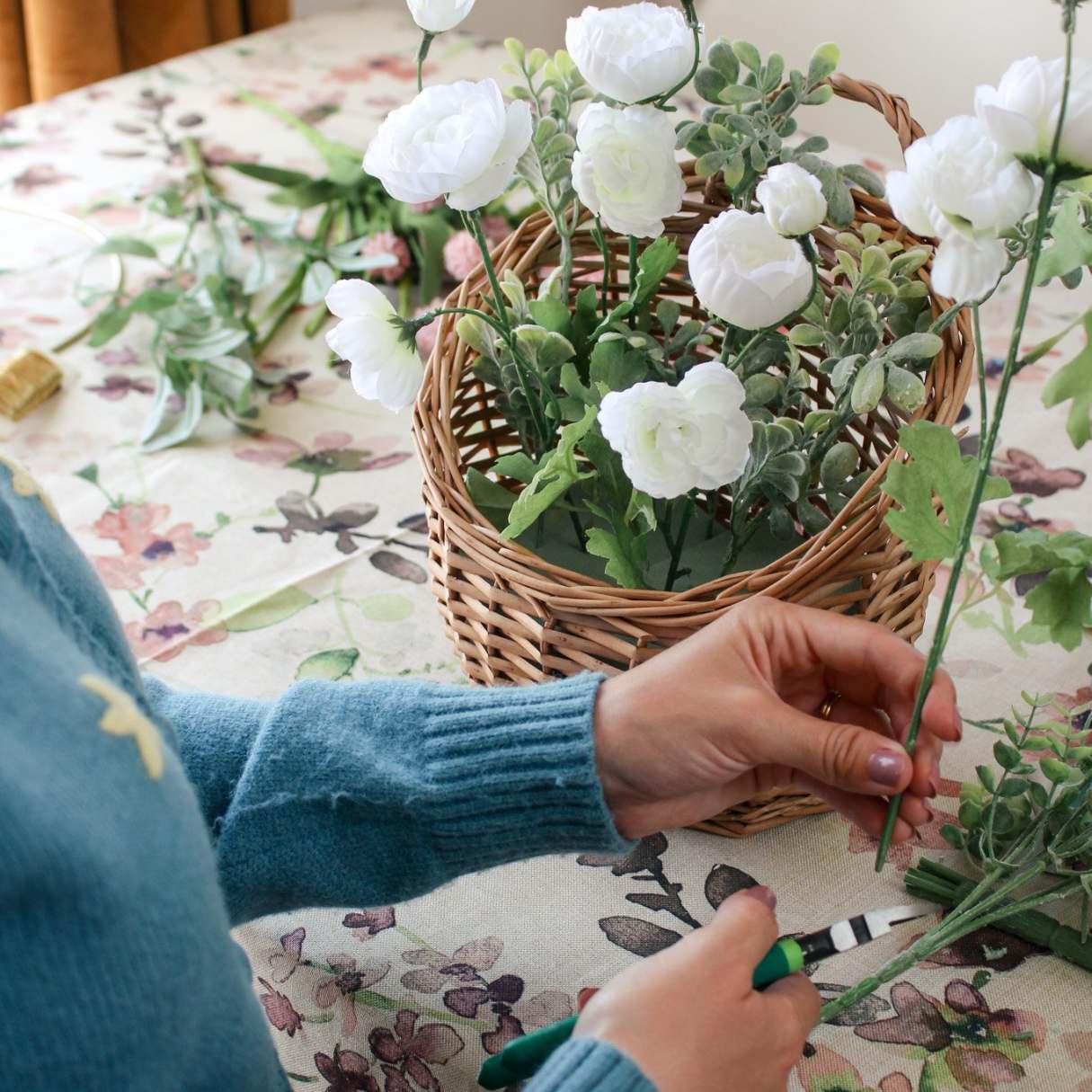
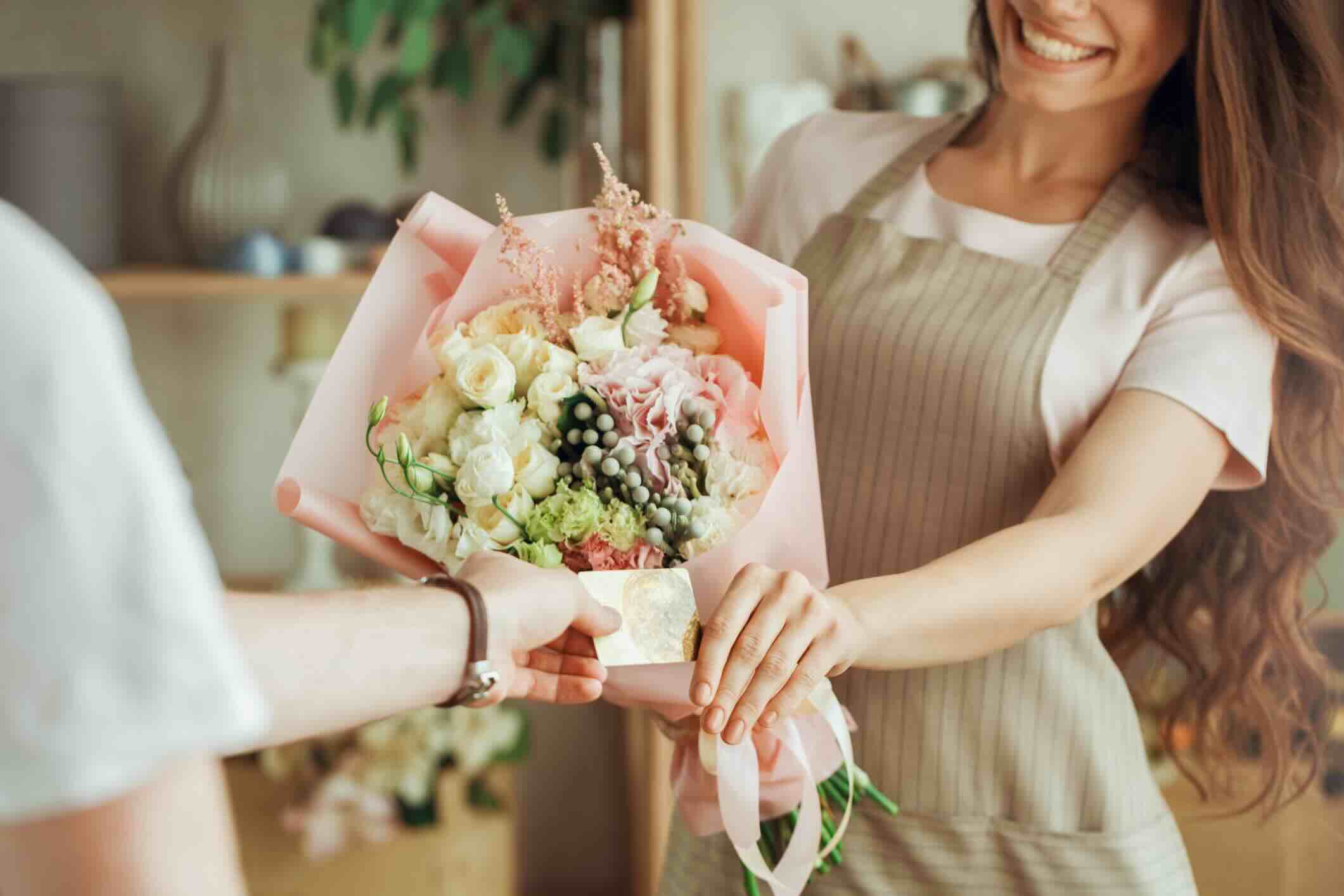
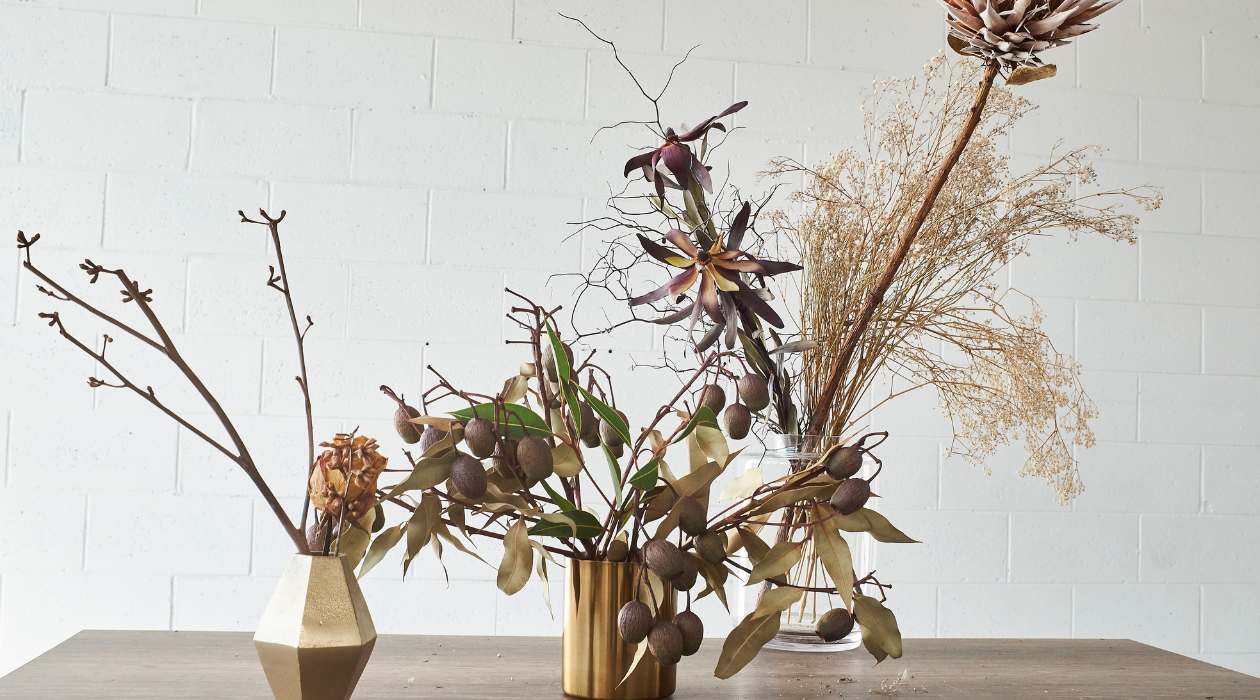
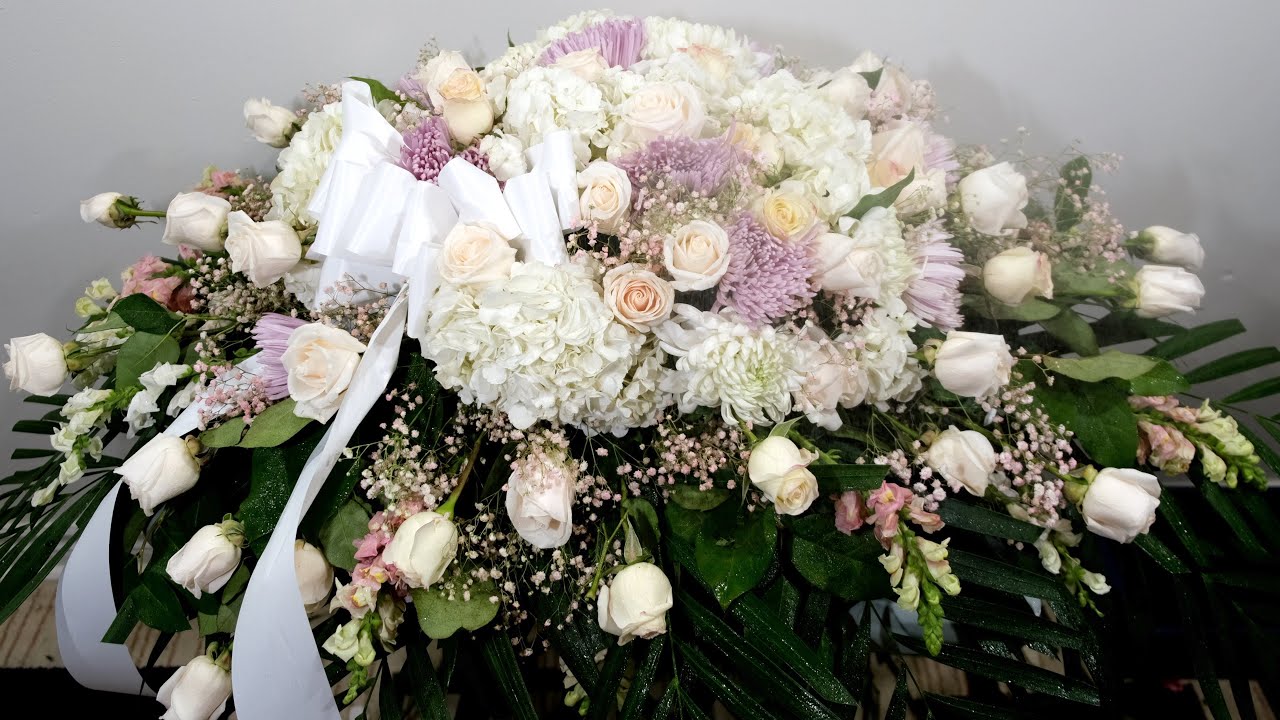
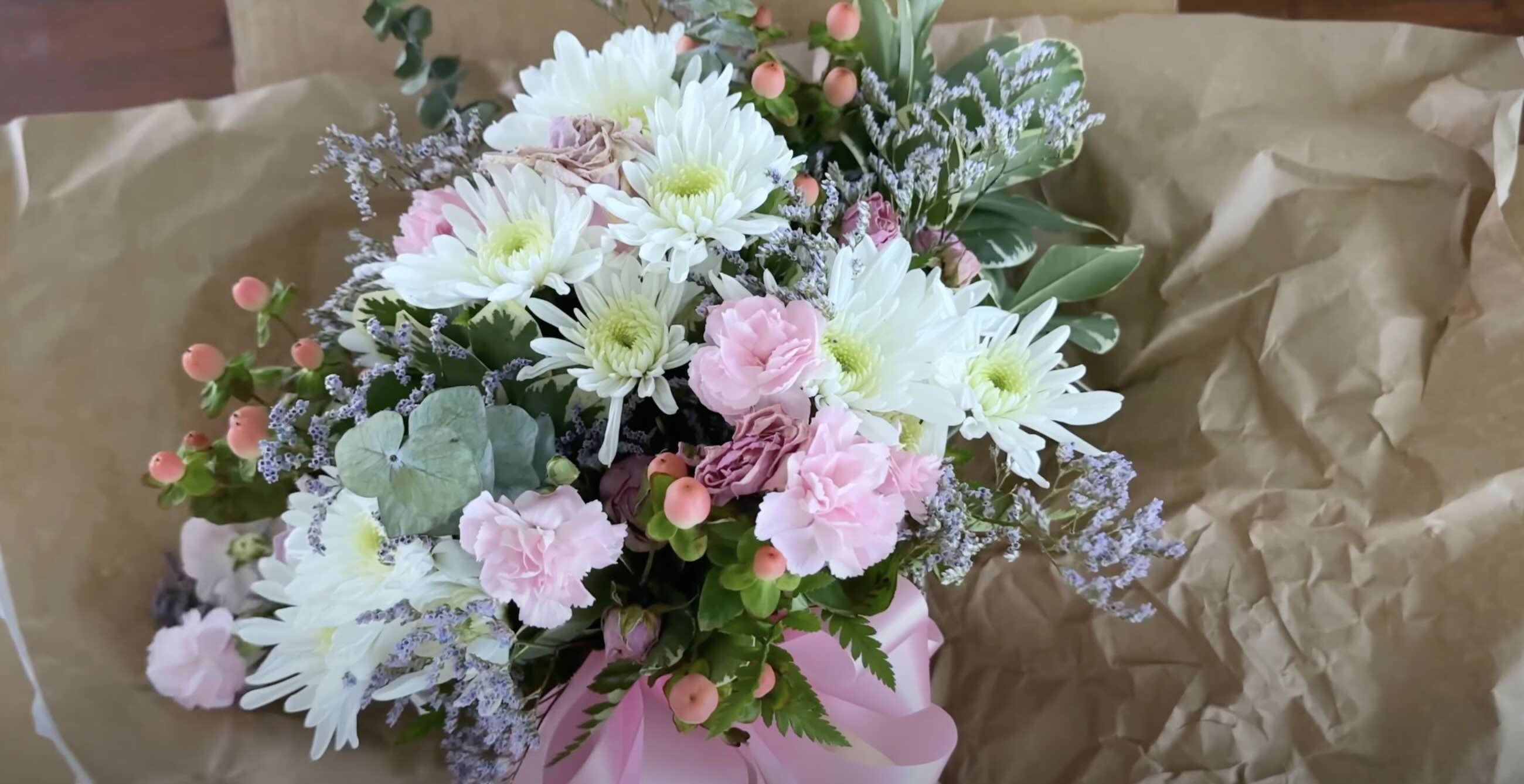
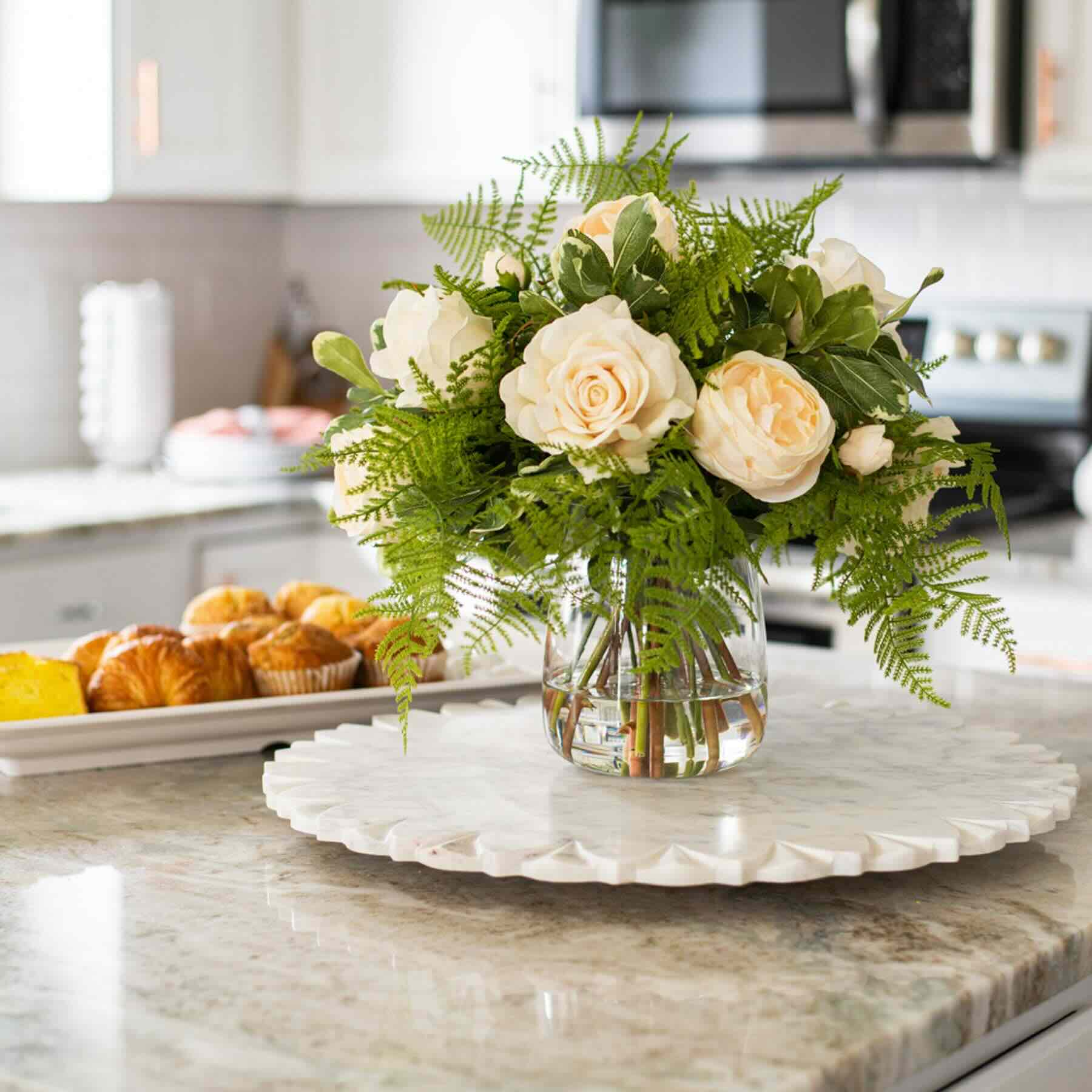
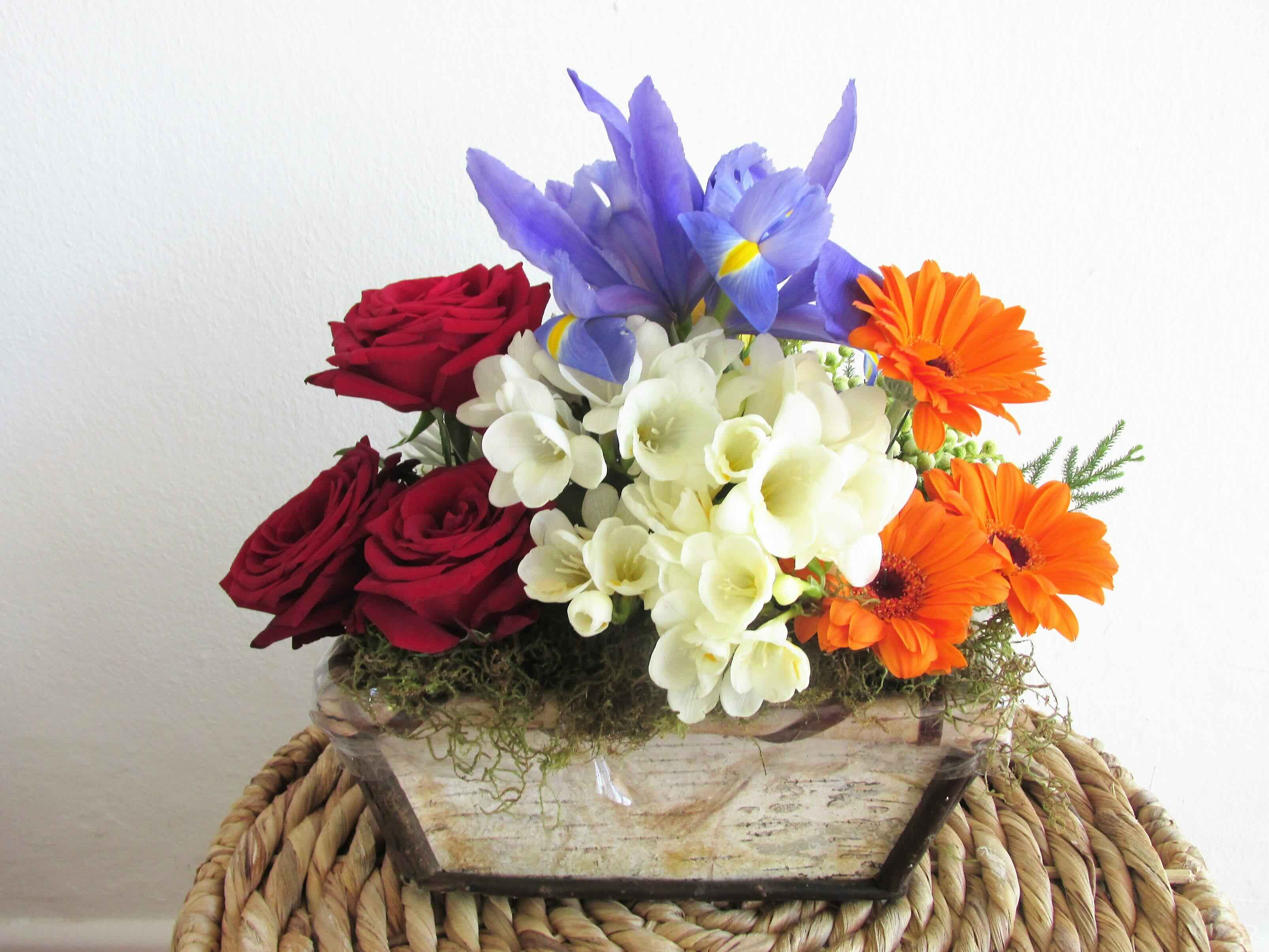
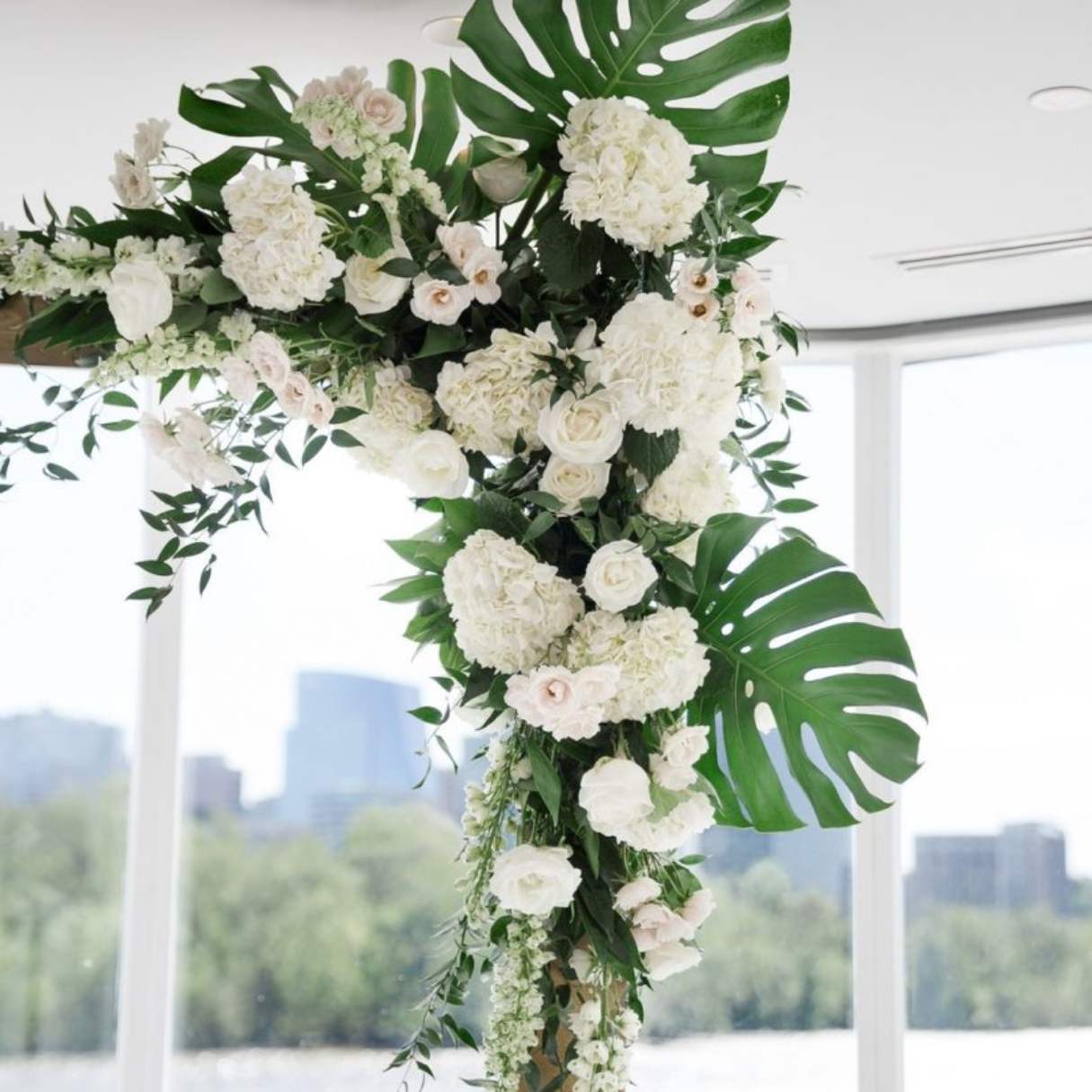
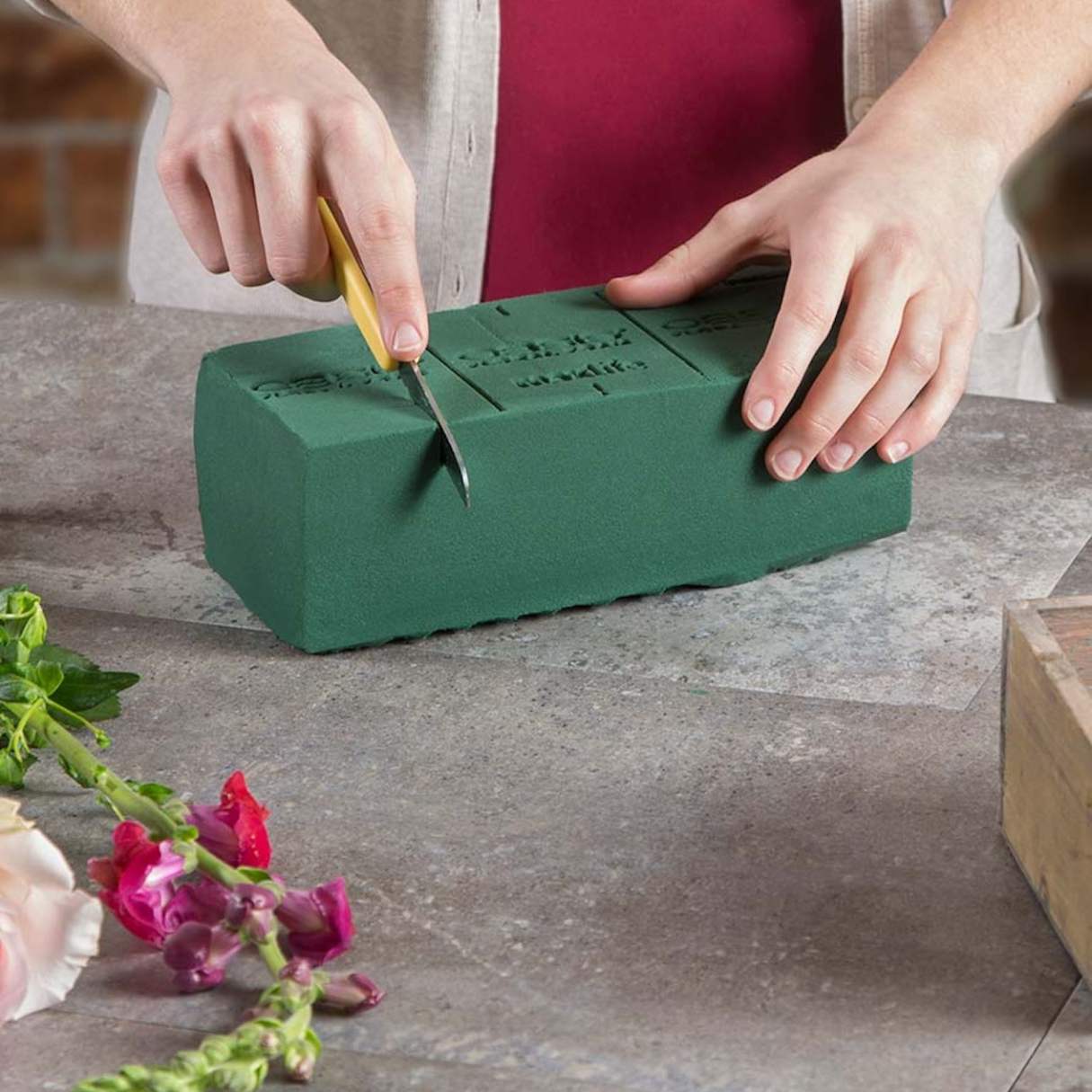
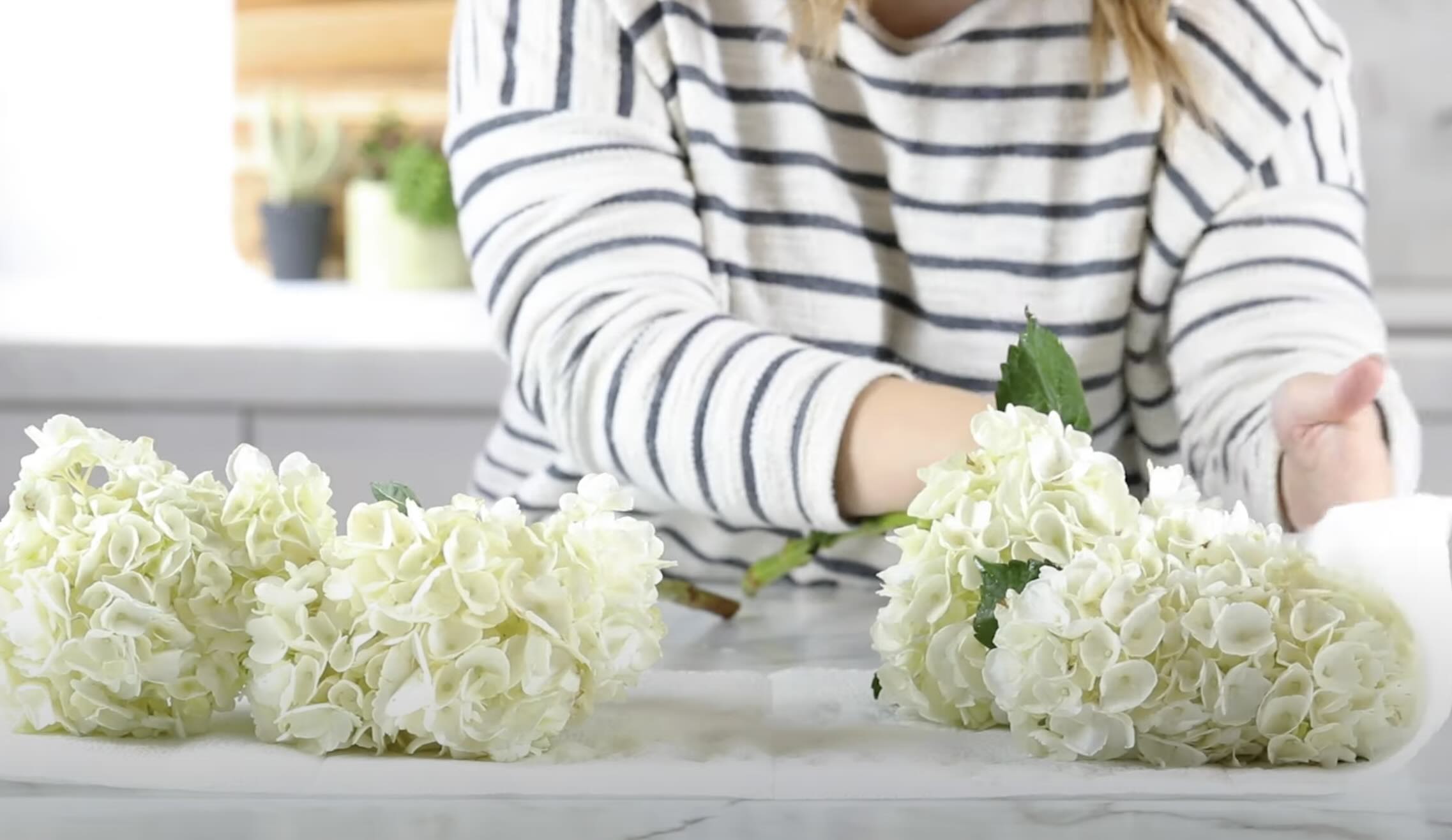

0 thoughts on “What Are Floral Arrangements”